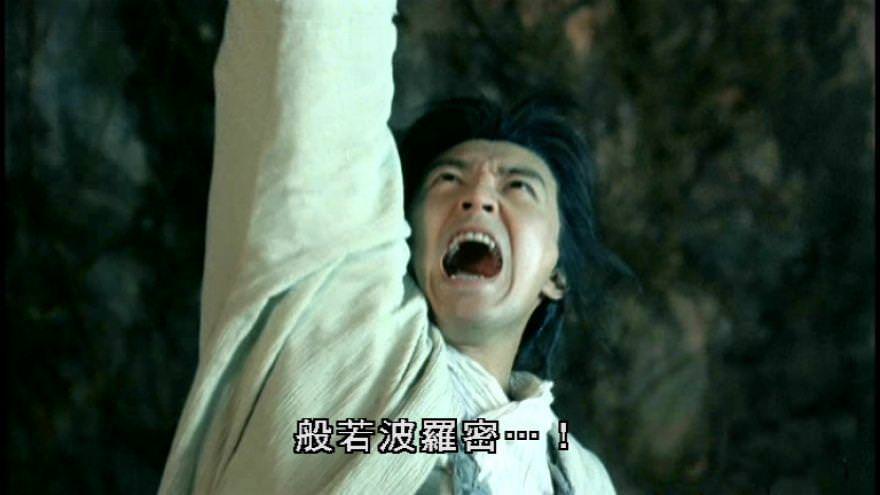Menteri-eating tiger
The following sentence is the plain classical Chinese rendering of the scene of a Chinese tiger devouring Yongchun oranges (華南虎吃福建永春蜜柑):
Its EnglishHere, we equate Yongchun oranges to mandarin oranges (or Chinese oranges). The word “mandarin", curiously, is etymologically linked to the Sanskrit word “mantrin" (ministers working for the kings) and its Malay cousin is “menteri". The word can be used to refer to Asiatic government officers in generally, but it is most frequently employed to point to Chinese officials (or as a marker for items of Chinese origin) narrowly. equivalent is approximately:虎 食 柑
In both English and Chinese, the order of the articles is important because the order reflect the identify of the actor, \({\rm A}_{\rm actor}\) (主) and the actee, \({\rm A}_{\rm actee}\) (宾), where actor is placed in front of the act, \(\alpha\) (謂), and the actee is placed after the act. $$({\rm A}_{\rm actor}) \cdot [\alpha] \cdot ({\rm A}_{\rm actee})$$ For examples, these sentencesTiger eats mandarins
are grammatically correct, but their meanings are completely different when the order of the article-pair \(\{{\rm A}_{\rm actor},{\rm A}_{\rm actee}\}\) is switched.柑 食 虎 Mandarin eats tigers
The positions of \({\rm A}_k\) and \(\alpha\) are handled slightly differently in agglutinative languages such as Japanese and Korean. In Japanese, we write:
The sentence can be analytically broken down into: $$\underbrace{({\rm A}_{\rm actor})\lceil\gamma_{\rm actor}\rceil}_{\textrm{actor group}} \cdot \underbrace{({\rm A}_{\rm actee})\lfloor\gamma_{\rm actee}\rfloor}_{\textrm{actee group}} \cdot [\alpha] \cdot \langle\pi\rangle$$ Here, we found ourselves in a situation where additional particles are glued to the articles,虎 は蜜柑 を食 べます
Actor particle \(\gamma_{\rm actor} = \) は is glued to actor article \(A_{\rm actor} = \) 虎The terminating particle \(\pi\) is unique because the word choice is context dependent: $$ \pi = \begin{cases} \small{る} & \small{\textrm{in informal spacetime}}\\ \small{ます} & \small{\textrm{in formal spacetime}} \end{cases} $$ In addition, the order of the two articles in the Japanese sentence is not logically important, for example, you could write:
Actee particle \(\gamma_{\rm actee} = \) を is glued to actor article \(A_{\rm actee} = \) 蜜柑
and the meaning of the original sentence is not changed. This is possible since the identity of actor/actee is clear from the particle glued to them. The Korean version looks very similar to that of the Japanese:蜜柑 を虎 は食 べます
The actor particle glued to the actor is \(\gamma_{\rm actor} =\) 는 (nęn), while the actee is glued to \(\gamma_{\rm actee} = \) 를 (ɻęɻ). The terminating particle, on the other hand, is \(\pi =\) 다 (đa). The choice of the article glue depends on the terminating sound of the article. When the terminating sound of the actor is a consonant, the ㄴ-sound is dropped. $$ \gamma_{\rm actor} = \begin{cases} \small{는} & \small{\textrm{when actor is terminated by a vowel}}\\ \small{은} & \small{\textrm{when actor is terminated by a consonant}} \end{cases} $$ Similarly, when the terminating sound of the actee is a consonant, the ㄹ-sound is dropped. $$ \gamma_{\rm actee} = \begin{cases} \small{를} & \small{\textrm{when actee is terminated by a vowel}}\\ \small{을} & \small{\textrm{when actee is terminated by a consonant}} \end{cases} $$ It is possible to render the sentence in a right-to-left script like the Arabic script. In this example, the Malay sentence虎 는蜜柑 를食 는다
assumes the following form:Harimau makan limau mantri
The order in which the articles in zero-marking languages is uttered is important and in this sense, Malay is similar to that of Chinese and English, although the order of the articles appears to be reversed when the ink flow is reversed when a right-to-left script is used.منتري ليماو مكن هريماو
The choice of script is also important to reflect the present cultural identity of the speaker of the language. For example, when harimau makan limau mantri is rendered in Devanagari or Katakana,
its Malayness is almost completely lost.हरिमौ मकन रुष मंत्री ハリマウ マカン リマウ マンテリ





Comments